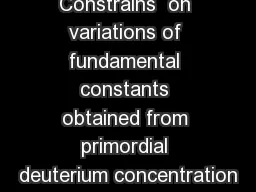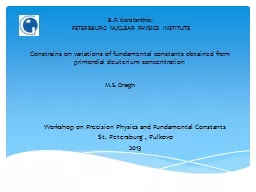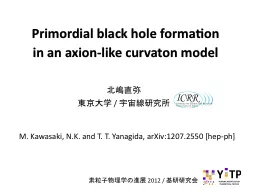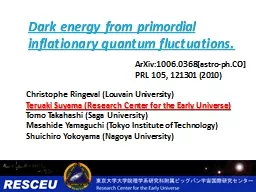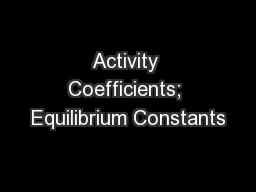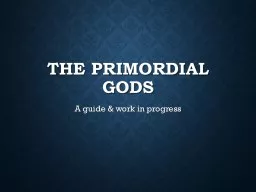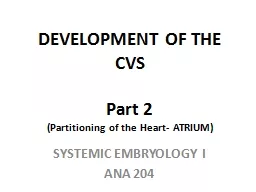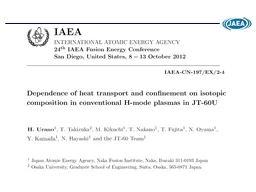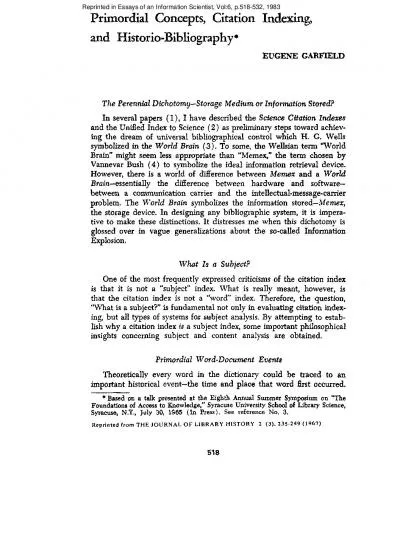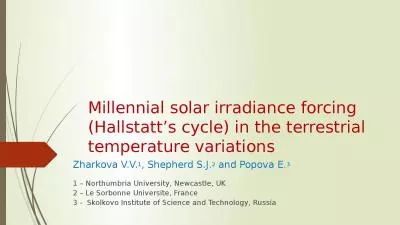PPT-Constrains on variations of fundamental constants obtained from primordial deuterium
Author : marina-yarberry | Published Date : 2018-03-23
Workshop on Precision Physics and Fundamental Constants St Petersburg Pulkovo 2013 MS Onegin BP Konstantinov PETERSBURG NUCLEAR PHYSICS INSTITUTE The following
Presentation Embed Code
Download Presentation
Download Presentation The PPT/PDF document "Constrains on variations of fundamental..." is the property of its rightful owner. Permission is granted to download and print the materials on this website for personal, non-commercial use only, and to display it on your personal computer provided you do not modify the materials and that you retain all copyright notices contained in the materials. By downloading content from our website, you accept the terms of this agreement.
Constrains on variations of fundamental constants obtained from primordial deuterium: Transcript
Download Rules Of Document
"Constrains on variations of fundamental constants obtained from primordial deuterium"The content belongs to its owner. You may download and print it for personal use, without modification, and keep all copyright notices. By downloading, you agree to these terms.
Related Documents

